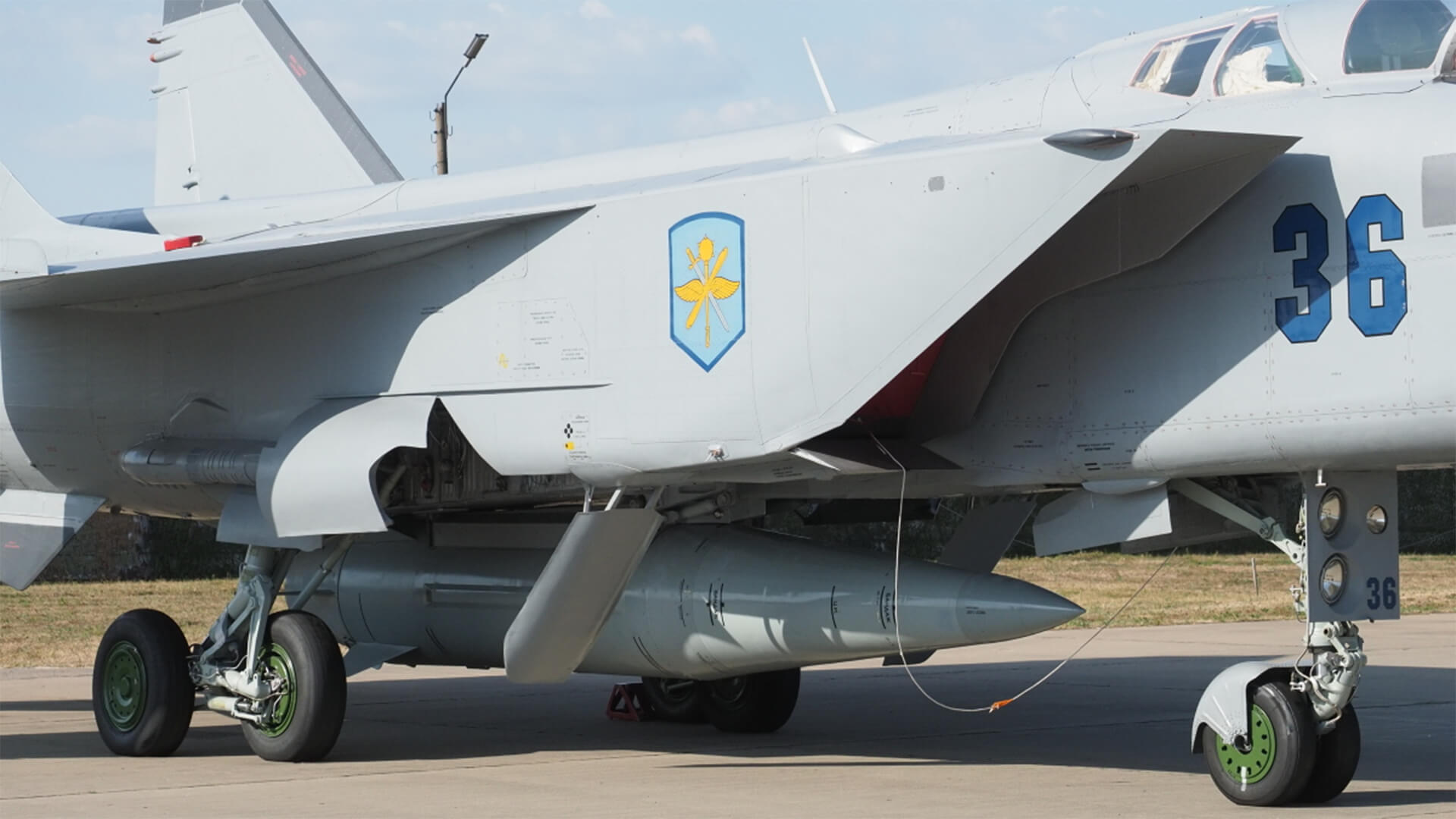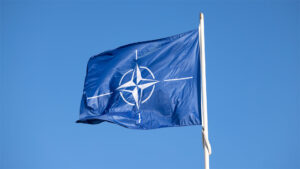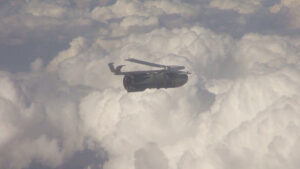Today, we’re talking about the “unstoppable” hypersonic missiles that the Russians have been hyping up over the past few years. Spoiler alert: this is just the handy work of the hyperbolic-Russian-propaganda-machine.
The hypersonics in question are the Kinzhal and Zircon, which are indeed some advanced missiles. However, we’ve already seen instances of these being intercepted with existing defense systems, such as the US Patriot. There are also several other factors that help deconstruct this Russian lie including flight path limitations, reduced accuracy and warhead size due to high speeds, and vulnerabilities at lower altitudes.
Sure, these are advanced weapons that should be taken seriously, but these are nowhere near the game-changing level that the Russians have made them out to be.
Here at Zeihan On Geopolitics we select a single charity to sponsor. We have two criteria:
First, we look across the world and use our skill sets to identify where the needs are most acute. Second, we look for an institution with preexisting networks for both materials gathering and aid distribution. That way we know every cent of our donation is not simply going directly to where help is needed most, but our donations serve as a force multiplier for a system already in existence. Then we give what we can.
Today, our chosen charity is a group called Medshare, which provides emergency medical services to communities in need, with a very heavy emphasis on locations facing acute crises. Medshare operates right in the thick of it. Until future notice, every cent we earn from every book we sell in every format through every retailer is going to Medshare’s Ukraine fund.
And then there’s you.
Our newsletters and videologues are not only free, they will always be free. We also will never share your contact information with anyone. All we ask is that if you find one of our releases in any way useful, that you make a donation to Medshare. Over one third of Ukraine’s pre-war population has either been forced from their homes, kidnapped and shipped to Russia, or is trying to survive in occupied lands. This is our way to help who we can. Please, join us.
TranscripT
Hey everyone. Peter zeihan here, coming to you from Colorado. And today we’re going to talk about hypersonic missiles in the context of the Ukraine war, what the Russians are claiming and what the reality of the weapons systems are. there are two hypersonic weapons systems, the Council on the Zichron that the Russians have been trumpeting around for about ten years now, since they were first tested.
in theory, the Kinzel can go Mach six to Mark eight. In theory, the Zichron can go Mach seven to Mark ten. and the idea is that when weapons can achieve these sort of speeds, there’s no reaction time that can be worked with. And so they can hit their targets. That’s it. It’s over. And so everyone has been really paranoid about Hypersonics getting into the system of late, because the fear is it’s going to obviate a whole generation of military technology in the United States, around the world.
not so fast. Let’s start with what is happening right now. so far this year, there have been a couple of dozen hypersonics fired off in Ukraine, almost all of which have been or intercepted. the Kindle’s, the US Patriot system has shown that it can easily handle a Kindle. And it was just in March that we got some debris.
We the Ukraine has got some debris from some zichron that they shot down, took them. Well, identify them because we haven’t really seen these in combat before. but the point is, preexisting weapon systems are perfectly capable of defending against these, new weapons. a few things you need to keep in mind when you talk about. hypersonics.
first of all, according to the Russians, there’s never been a failed test of a zichron. So, you know, from identification to development to testing to field testing to operation. Never one. And I’m sorry, I’m sorry. No, no, no, no, there are more failures with oatmeal than what the Russians are claiming with with supposedly their top of the line missile system.
That’s just not true. The Russians are doing something that’s called lying. But let’s assume for the moment that they’re telling the truth. What’s the second factor? The second factor is flight path. it sounds cool. You say I can hit Mach ten, but can you hit Mach ten when it matters? It appears that when these missiles are launched or launched from a supersonic jet that is already going Mach two or Mark three, and then they have several Mach ratings tacked on above that.
But these things are being launched a high altitude where there’s hardly any atmosphere. that means that they can be detected from a great distance away if they’re going to drop down to the surface to skirt radar, they hit thicker atmosphere and slow down considerably. In the case of the Kindles, we know they drop down below Mach two, which puts them well in the range of a normal missile that cost one tenth as much.
And again, this is moving at a speed that a Patriot is perfectly capable of intercepting. number three is accuracy in warhead. the faster you go, the more fuel you need, the smaller the warhead you’re going to carry. So the more important it is that you hit exactly what you’re aiming at as opposed to the general area.
Well, this is a problem for hypersonics in general, because the faster a missile goes, the more compressed the air running across it skid is, and it heats up to even turns into a like a little bit of like a plasma with ionization. Well, that scrambles sensors and that scrambles telemetry, which basically makes the missile blind and deaf. And so if the target moves at all, like, say, a ship, it’s going to miss, it’s going to always miss.
Which brings us to the fourth category, which is defenses. As mentioned, the Patriot has done pretty well against these systems in Ukraine, even when not operated by people who have been training on the systems for the last several years. But here’s the kicker. The US Patriots, as good as they are, are nowhere near the top of the line.
Air defense for the United States. It’s just the best that we can cram onto a truck. Static sites at U.S. bases or larger systems that are built under warships are much more accurate, have much greater reach, in fact, can even shoot down things in lower Earth orbit. which means that if you have a supersonic that’s launch from the sky as opposed to down low, you’re going to see it come in a far more than a mile away.
An existing substance are more than capable of taking it out. So does this mean we don’t need to worry about hypersonics? Well, let’s not overplay this. It’s a new weapon system, and if anyone can figure out how to make it work, it will be something that adjusts the battlefield. But so far, it’s certainly not a game changer. And so far, I am absolutely not concerned about the ones that the Russians are fielding.









